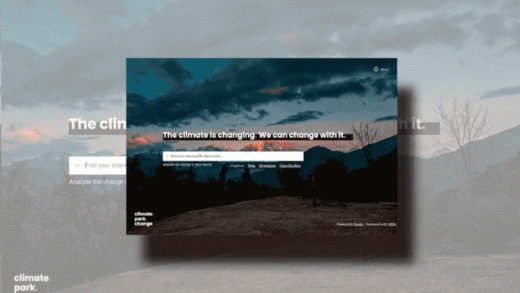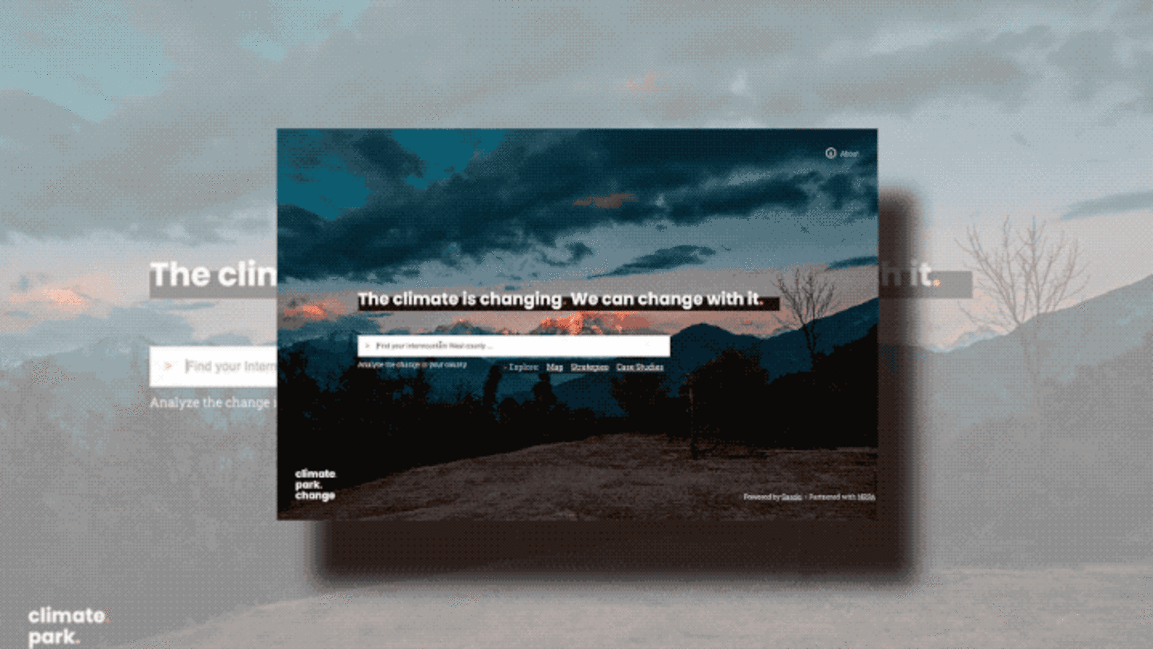This map shows the climate impacts on every county in the Western U.S.
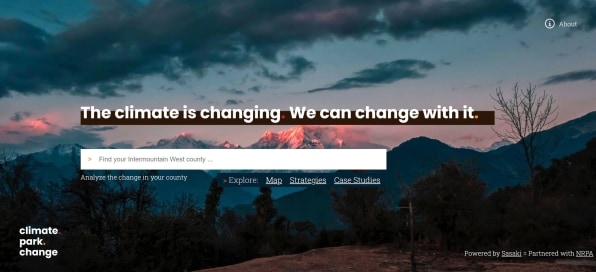
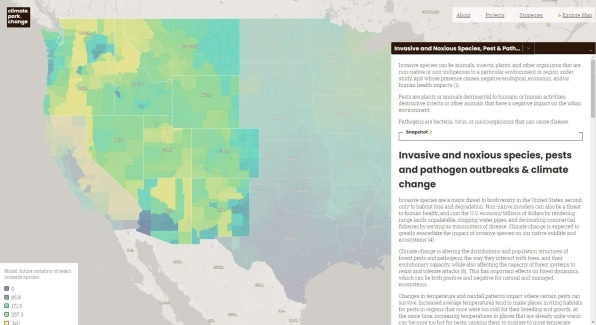
“We want to make sure that it’s accessible for the general public,” says Anna Cawrse, a landscape architect at the design firm Sasaki, which built the platform, called Climate.Park.Change, through an internal grant, working in partnership with the National Recreation and Park Association. “One of our goals was to make sure that this website was pretty user friendly. A lot of times when we talk about climate change, you can pretty quickly get very academic.”
The platform includes detailed information about each impact and its links to climate change, as well as a plethora of outside sources. But it’s also simple to quickly see which risks are biggest locally and to begin to think about potential changes, like swapping out a lawn for drought-resistant native plants in a region dealing with increasing drought.
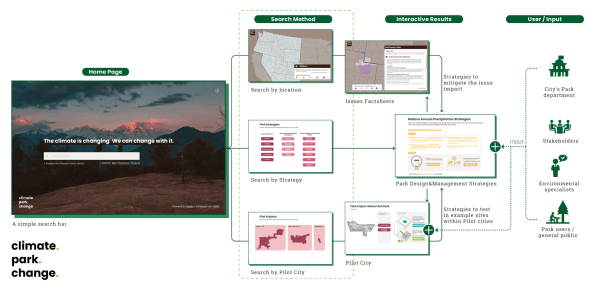
[Image: courtesy Sasaki]
While a lot of thinking about how to redesign cities for climate change has focused on coastal areas facing challenges from rising seas and stronger hurricanes, the team was interested in starting with several Western states that get less attention. “There’s a pretty good cross section of strategies that could be applied in other parts of the country,” Cawrse says. “And the hope is that as additional funding would come in, we would be able to grow this from the center of the country out to the coasts, where there is a larger body of research.”
(32)

